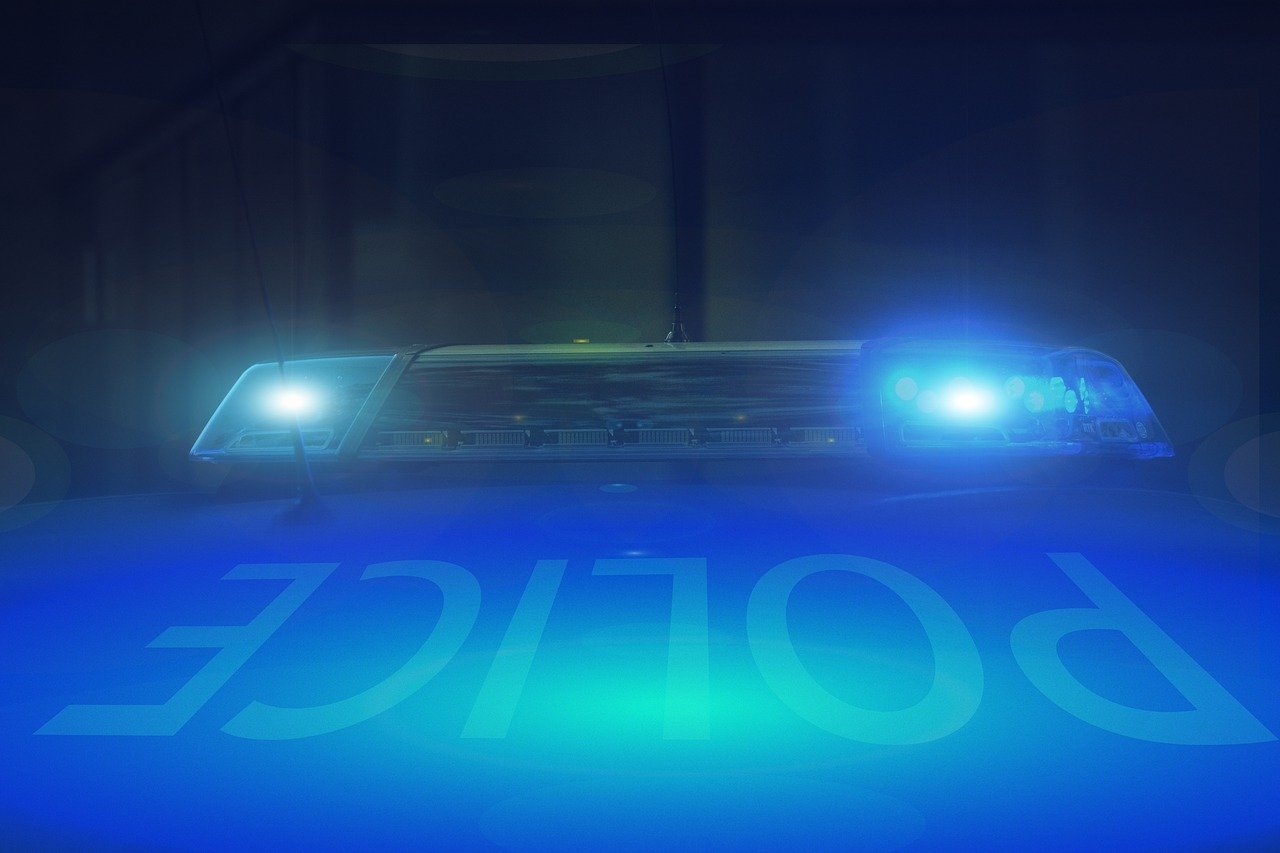An incident of police brutality in Rochester, New York, calls into question reforms the city has put in place to help prevent such violence. On January 29, police responding to a mental health emergency forcibly restrained, handcuffed and pepper-sprayed a 9-year-old Black girl.
Rochester had just launched a mental health hotline meant to avoid police being called in these types of incidents, but it wasn’t used here.
Late that Friday afternoon, officers responded to a 911 call reporting “family trouble.” The girl fled from her mother, who can be heard in body-camera footage of the incident ordering her daughter to return home, and the officers soon after they arrived. They responded by chasing her down, then handcuffing her and trying to force her into a patrol car.
The officers, who claimed that she was suicidal and intended to hurt herself and others, ignored the girl’s requests to not be restrained. One officer is seen talking to the girl in the video. “This is your last chance, otherwise pepper spray’s going in your eyeballs,” she says. Soon after, another officer says, “Just spray her at this point.”
On February 1, the day after the Rochester Police Department released the body-cam footage, the city suspended the officers involved. It has not yet named them or specified what other consequences, if any, they may face. The girl’s mother has said that she intends to sue, and local protests have taken place.
Rochester, in the northwest of New York state, saw a comparable incident in March 2020, when police responded to a mental health crisis affecting Daniel Prude, a 41-year-old Black man.
Prude, who was running naked through the street, was forcibly restrained on the sidewalk with a hood over his face. Officers pushed his head to the concrete, and Prude passed out. He died a week later in the hospital. Shockingly, the people of Rochester didn’t even learn about this until months later in September, when footage of the encounter was released.
The city responded to Prude’s killing by creating a mental health emergency response team. Dubbed the “Person in Crisis” team, this new department is intended to give residents an alternative to calling the police in such circumstances.
It is a 24/7 response team focused on mental health, substance use and related crises. Teams of at least two mental health professionals will be sent to respond to calls, which can be dialed through 911 or 211. After making sure everyone is safe, the teams use counseling and de-escalation techniques to try to connect affected individuals to social services or support.
It represented—finally—official recognition from the city that answering mental health crises should not be the work of police, who too often respond with aggression and lethal violence. The Person in Crisis team was launched in late January 2021—just eight days before the police pepper-sprayed the 9-year old girl.
So why was this response team not dispatched to that incident? A city spokesman explained that the mother’s call was not routed to the response team, because she would have to specifically request their assistance upon calling 911. This raises the question of why the Person in Crisis team isn’t automatically dispatched in such cases. It also shows that the people of Rochester are not yet adequately aware of this option—and it is surely the city’s responsibility to make them aware.
There is also a severe imbalance of funding and resources. In a city of over 205,000 people, Rochester’s mental health response team has just 14 full- or part-time staff—compared to over 850 employees in the Rochester Police Department. The city states it is currently piloting the mental health team until June; at what point will it give this department even a fraction of the funding that the police receive?
Even if the city does a better job of promoting and expanding its Person in Crisis team, it will be unlikely to prevent all further incidents of police violence towards people with disabilities or in distress. The Rochester police department, while it continues to exist on such a scale, must surely be banned from using certain violent tactics—and be held accountable for breaking the rules.
In one promising sign after the January 29 incident, New York state lawmakers have introduced a bill to ban police use of chemical weapons—including pepper spray and tear gas—against children.
Added to the risk of police involvement, however, is the risk that mental health emergency response programs may themselves imitate some of the harms of policing. A similar, recently launched pilot program in New York City, for example, allows mental health workers to forcibly restrain and transport individuals considered non-compliant or resistant to treatment. They can also request police to join them on dispatches, and police can monitor data from their calls.
Governor Andrew Cuomo last year required in an executive order that New York’s 500-plus local police departments must “reinvent and modernize” their rules of conduct, based on community input. Areas that must be reformed include use of force, managing crowds, de-escalation training and handling civilian complaints. Police departments that fail to adopt a plan by April 1, 2021 will no longer be eligible for state funding.
Photo by Gerd Altmann from Pixabay





Show Comments